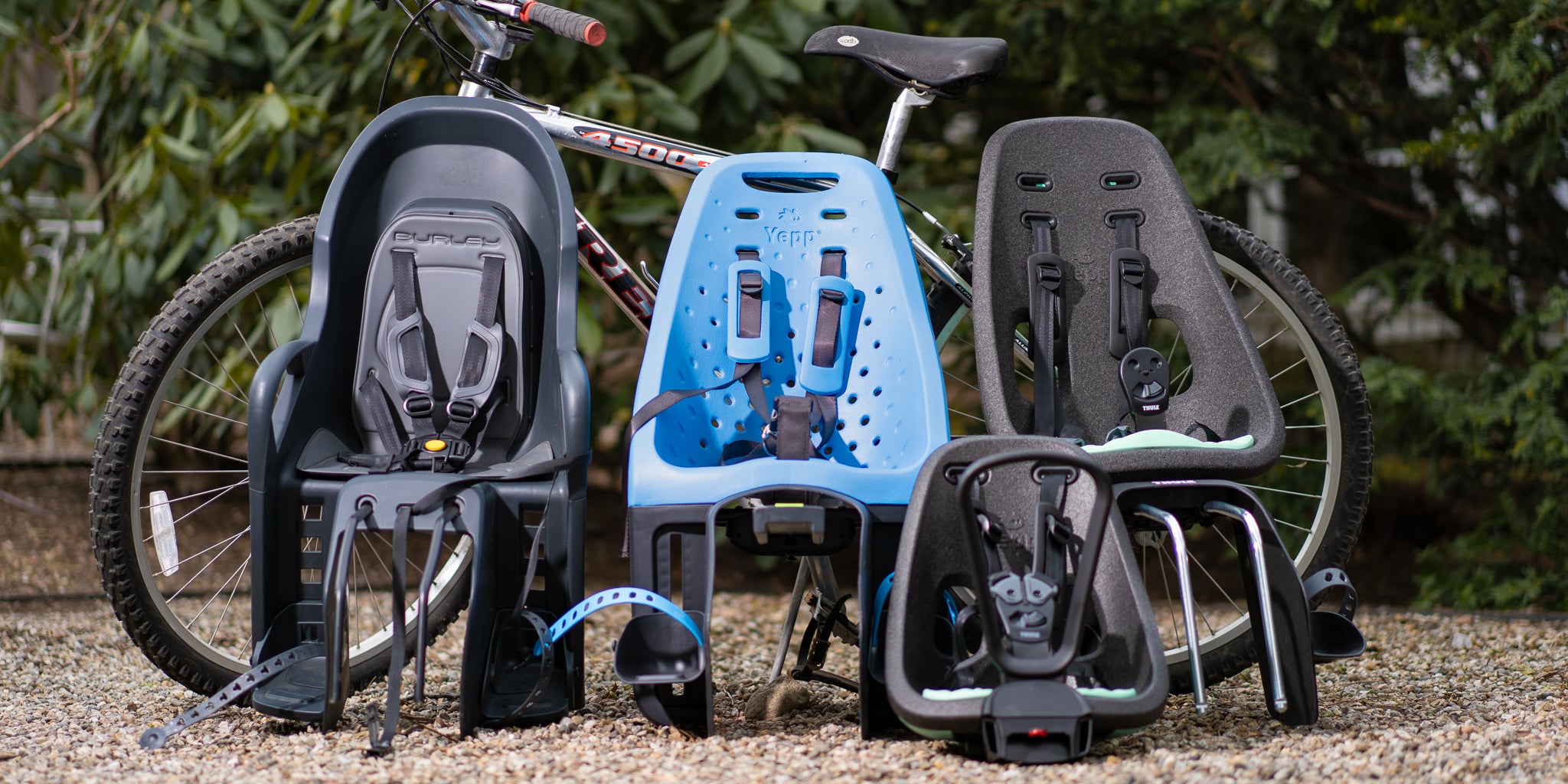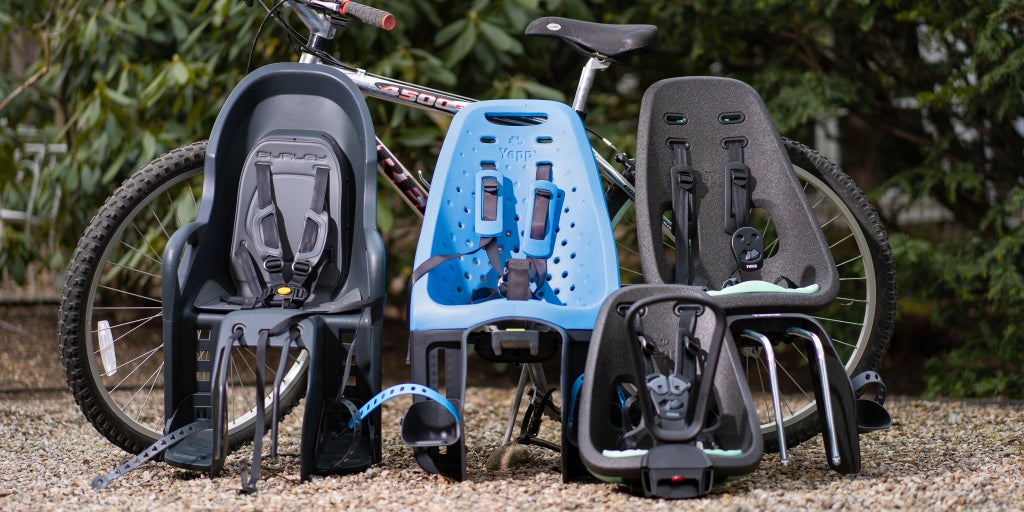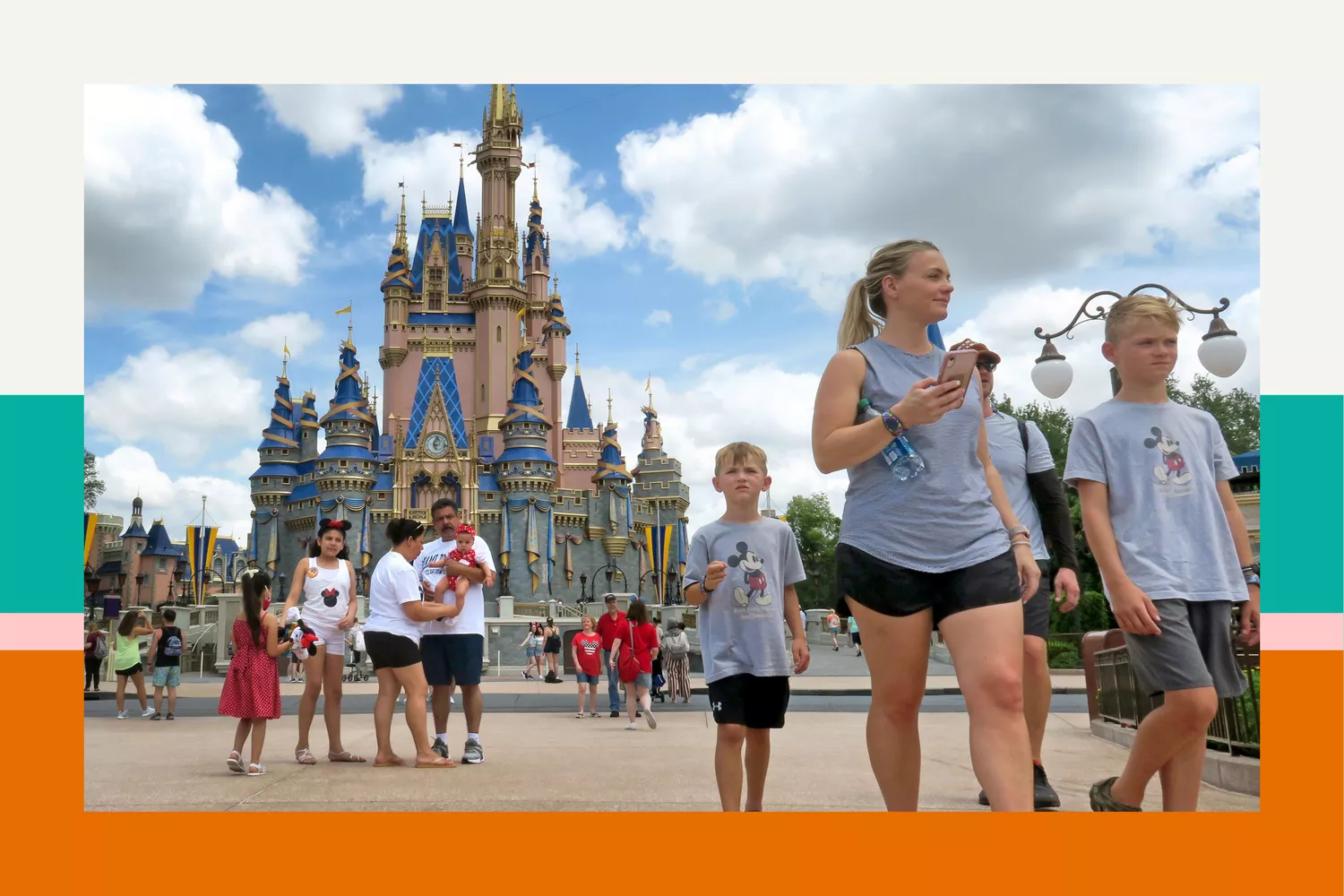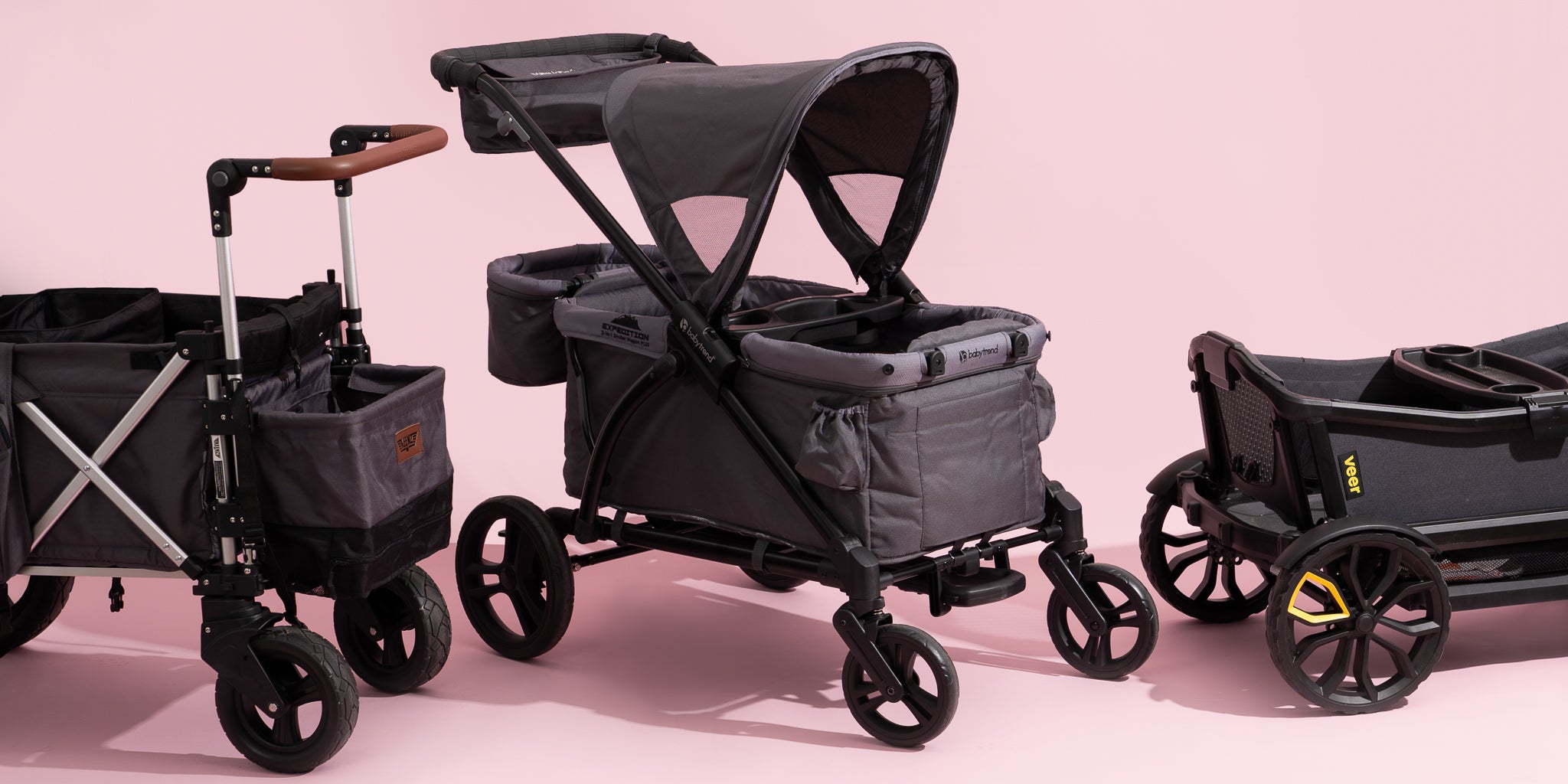If you’re aiming to include a child in your two-wheeled trips, a youngsters bike seat is most likely the simplest and most cost effective means to go.
We spent over 100 hours looking into greater than two-dozen kids bike seats, and we rode 300-plus miles in and around Austin, Texas, with 10 different seats in 2020 and 2021. After all that, we’re confident the Thule Yepp Maxi is the most effective rear-mount seat, with the Thule Yepp Nexxt Maxi being available in a close secondly. The Thule Yepp Nexxt Mini is our favorite front-mount seat (youngsters age out of front-mount seats quicker).
Every one of our rear-mount picks are readily available in either a frame-mount version (the seat connects to your bike’s framework) or rack-mount version (the seat connects to a bike rack you’re already making use of on your bike). Normally, anyone that currently has a rack will desire a rack-mount seat, which needs less hardware so normally sets you back a little less than a frame-mount variation.
Once you choose what type of seat you’re looking for, prior to getting new you may wish to search for a used one (on Facebook Marketplace, Craigslist, or neighborhood on-line moms and dads’ groups, as an example). Many children bike seats see only light, seasonal use, and even with frequent use, a premium secondhand seat can really feel near brand-new.
Like many youngsters bike seats, the Thule Yepp Maxi can be found in both frame-mount and rack-mount versions, both of which offer a steady, dependable feel while the bike is in activity. The 10.1-pound seat (the rack-mount variation considers 8.4 pounds) never ever guided or bounced, whether we were cruising over paved speed bumps or diverting onto rough routes. Readjusting the seat’s angle and placement (to make it closer to or further from the cyclist) is a cinch. And kids discovered the Yepp Maxi to be comfortable, due to the shock-absorbing rubber seat material with light cushioning, a harness system that doesn’t go into shoulders or entail battling over a safety helmet, and a seat actively angled back to permit space for that headgear. The Yepp Maxi is designed to accommodate kids from 9 months, and as much as 40 extra pounds (but Thule recommends talking to your doctor before using it with a child under 1). And it has an exceptional resale value.
Keep in mind that Thule has actually launched a 2nd generation of bike seats, consisting of the Thule Yepp 2 Maxi and the Thule Yepp 2 Maxi Shelf Mount. They are virtually exact replicas of the current seats, but with somewhat even more head, arm, and leg support, and with rather higher protective units.
The Yepp Nexxt Maxi (a similar seat from the exact same moms and dad firm) has a quick-release frame-mount system; we assume the Nexxt Maxi’s frame-mount system is preferable to our leading pick’s because it’s less complex to connect and simpler to transfer from bike to bike. If you’re planning to frequently alternating in between riding with and without the seat, we would certainly advise this model over the Yepp Maxi. Nonetheless, the seat itself has a few little style defects that position it in runner-up condition. The styrofoam-like seat material is less forgiving– and thus much less comfy for young passengers– than that of our pick. And the upright seat angle is a lot more proper to hinder the rear of a kid’s headgear. Even though it’s great, the Nexxt Maxi’s new magnetic harness system seemed a little over-designed and harder to unlock than the straps on the Yepp Maxi. The wide-set positioning of its fastening also made it really feel much less protected for youngsters under 18 months or those with narrow shoulders. In general, though, the seat really felt risk-free and safe during trips– and it kept a likewise steady ride to the Yepp Maxi. Like our top choice, the frame-mount variation of the Nexxt Maxi weighs 10.1 extra pounds; the rack-mount version is lighter, at 6.6 pounds. This bike seat also fits children from 9 months, and as much as 40 extra pounds (yet Thule recommends consulting with your doctor before utilizing it with a youngster under 1). And it’s simple to sell used.
Note that Thule has actually released a second generation of bike seats, consisting of the Thule Yepp Nexxt 2 Maxi and the Thule Yepp 2 Maxi Rack Mount. They are practically precise replicas of the present seats, but with a little more head, arm, and leg assistance, and with rather greater safety rooms.
At 4.2 extra pounds, the Thule Yepp Nexxt Mini is the lightest front-mount bike seat you can get, and it really feels steady and safe moving. The mounting brace is easy to mount on a wide range of bike headsets; as soon as it’s set up, you can get rid of or reattach it in seconds using its quick-release system. The seat’s five-point harness system readjusts quickly to fit children and kids safely, with a magnetic buckle system that little fingers won’t draw open. The bands are less adjustable than those on the rear-mount seats we examined, however, and the Nexxt Mini has a lower weight ranking, so it’s much better suited to children and younger young children. Our 10-month-old tester enjoyed the view in advance and having the safety of a looped handlebar to keep. The Yepp Nexxt Mini is designed to fit kids from regarding 9 months, as much as 33 extra pounds.
Note that Thule has released a second generation of bike seats, consisting of the Thule Yepp Nexxt 2 Mini. They are almost precise reproductions of the current seats, yet with slightly even more head, arm, and leg assistance, and with somewhat greater safety units.
Why you need to trust us
I’m a previous editor and equipment customer at Cycling magazine, with greater than two decades of experience commuting by bike. Because becoming a parent, I’ve checked out every feasible means of bringing my kiddo on bike experiences huge and little, including making use of bike seats, trailers, and cargo carriers.
To determine which children seats to evaluate for this guide, I rely upon my family members’s considerable individual experience and added input from Pedal Parents (among Facebook’s most energetic family members cycling teams), which includes approximately 2,000 participants from throughout the world. I scoured existing online roundups, such as those from 2 Wheeling Tots and Biking. I additionally reached out to my personal network of moms and dads that ride, and I talked to Dean Mullin of Clever Cycles, Rose city, Oregon’s, leading family bike shop.
My research constructed off research study from the original variation of this guide, composed in 2017 already Wirecutter staffer Ali Carr. Ali gathered intel from the Seattle Family Cycling Facebook team and Trek It Baby, and interviewed Davey Oil, co-founder of Seattle-based G&O Family Members Cyclery. Also included is suggestions from two medical professionals who ride with their children– Sylvia Romm, a New york city– based doctor and (at the time of our interview) the medical doctor for American Well, and Julian Davies, a doctor at the University of Washington’s Pediatric Care Facility.
Ultimately, to evaluate every one of the seats, my kiddo and I rode more than 300 miles together, which enabled us to go to practically every major park and ice cream store in the city.
Who this is for
This guide is for households that wish to have their mini-copilots in talking range while they commute, run duties, check out trail systems, obtain an excellent workout, or just enjoy bike adventures. We tried to make this guide as inviting as possible to the rookie motorcyclist. And though some parents that ride with their kids pick to carry them in bike trailers or even Dutch-style bakfiets (which have front-riding boxes), this overview exclusively thinks about the sort of front- and rear-mount seats extra commonly acquired by recreational motorcyclists.
When can you begin with that bike seat? The American Academy of Pediatrics suggests waiting up until your youngster is year old to band them in for an experience. “This enables sufficient head and neck control and use a safety helmet,” Davies, the Washington State doctor, says. Bike-shop proprietor Davey Oil includes that it’s no coincidence the tiniest safety helmets available in the US are 46 centimeters: “By the time babies fit that hatband dimension, their necks are solid sufficient to sustain the helmets and they are generally close to 12 months.” Nonetheless, several moms and dads in family-biking communities– consisting of both the author and the editor of this overview– start riding with children prior to their very first birthday. Our front-mount choice, the Thule Yepp Nexxt Mini, was developed for children as young as 9 months old, and several of Thule’s versions now assert to be risk-free beginning at 9 months. But before you feel certain concerning when it’s safe to begin riding with your baby, talk with your pediatrician.
What kind of bike seat should I get?
Back seats are typically a deserving financial investment for children that are up to around 4 or 5 years old (lots of rear seats max out at 40 pounds, yet a pair we evaluated are rated for kids up to 48.5 extra pounds). The majority of our choices are rear-mount seats because they can be made use of longer than front-mount seats; rear-mount seats have a greater weight ability and can better accommodate children as they grow. Also, it can obtain awkward to ride for extended periods of time with a front-mount seat, because you typically have to literally suit a front-mount seat in some way (by winging out your arms or splaying your knees).
Front-mount seats aren’t as versatile as rear-mount ones. Front-mount seats’ lugging capability maxes out at a reduced weight, and they become difficult as your kid grows longer and nears the seat’s max weight (for several versions it’s 33 to 38 pounds). However the intimacy you can receive from riding with a front-mount seat is unequalled: It’s much easier for you and your child to talk about the goats you’re passing or that 15-foot mechanical Santa waving from the side of the roadway. And if a front-mount seat’s fit is right, bike handling can in fact be easier than with a messy back seat.
Youthful riders are commonly susceptible to sleeping on the bike. Some front-mount seats come with sleep pads that connect to a kid’s handlebar so they can rest their heads while napping. With rear-mount seats, heads often tend to sag ahead. “It is safe for children to go to sleep on the bike,” doctor Romm informed us. “They simply require to be securely attached right into a multi-point harness.” Numerous front-mount bike seats, including our also-great pick, have other suitable add-ons you can get, such as windshield add-ons.
How we selected
Throughout our research study, we made a list of essential attributes, asking everyone we spoke to (specialists, friends, store proprietors, and product developers) regarding what to search for in the very best bike seats. We likewise consulted this informative overview from 2 Wheeling Tots.
We decided that an excellent youngsters bike seat must supply:
A secure and safe and secure ride: We assume most parents would certainly concur that security is the most vital criterion for a great children bike seat. In our newest round of testing, every one of the bike seats we investigated and tested satisfied US (ASTM) and/or European security standards, which put constraints on weight limits, measurements, methods of accessory, and extra (ASTM requirements apply only to rear seats). As stated over, the European safety and security requirements have because altered, yet do not make our existing picks unsafe. Past making certain that the seats we examined satisfied those certifications, we used our own judgment to analyze which bike seats really felt safe. Once secured to the bike, a great bike seat should not wobble or change at all, even when cruising over irregular surface. There ought to be no dip into the seat’s attachment factors, and the products need to never ever feel lightweight. The harness systems must be tight and protected when tightened, so there’s no area for a youngster to wiggle out a shoulder or lean as well way out of the seat. Every one of the bike seats we picked as choices have flexible, five-point harness systems (two straps at the shoulder, two at the hips, and one between the legs) that cinch in to ensure a customized fit for each little cyclist.
Comfort: Our passengers had their very own viewpoints concerning these bike seats– specifically when it come to the seat cushioning and whether or not the harness bands dug into their shoulders. Headgear interference was another comfort concern that we fielded problems regarding and taken into consideration when making our choices. When possible, we attempted to include the input of the real users of these bike seats: our youngsters.
Weatherproofing: A strong bike seat need to have the ability to withstand rain and sunlight without putting on down as well promptly. A seat left in the sunlight should not be too warm to the touch, and a seat left in the rainfall should not stay soaked.
Smart layout: We knocked off points for layout fumbles (like a harness that could not review a headgear) and added factors for wise, special features (a simple on-off place, for example). We additionally valued little details that made the ride more fun for our small travelers, like comfortable handholds, easy-to-use foot straps, and storage room.
We discovered that bike seats that fulfilled a lot of the above criteria cost at least $200. Though more affordable seats do exist, many concession on at the very least several significant points– they’re made from flimsier materials, do not accurately remain steady on the bike, or do not use a five-point harness, for instance. Though a bike seat can be a big investment, there’s an active resale market for utilized seats, and numerous owners have the ability to sell seats after their children outgrow them for approximately 75% of the original rate. Trying to find utilized seats– consisting of on Craigslist, Facebook Marketplace, or with a local online parents’ group– is additionally an excellent method to afford a high-grade seat.
Taking every one of these standards right into consideration, we recognized 12 seats to try for our first round of testing, in 2017. In late 2020 and very early 2021, we conducted a 2nd round of screening, throughout which we rode with 10 various seats (4 of them new variations of our existing picks).
Exactly how we tested.
Examining for the initial version of this overview (in 2017) happened in New york city’s Hudson Valley. In late 2020 and early 2021, I carried out a second round of screening with my 3-year-old near our home in Austin, Texas, taking into consideration updated versions of Wirecutter’s existing choices versus 6 additional models. In both rounds of screening, we assembled each bike seat according to the manufacturer’s directions, making note of how difficult or user-friendly the process was. The majority of the seats came with their very own Allen wrench, for placing, and we had not a problem constructing each seat within 20 to thirty minutes. For the most current round of screening, I set up every one of the 10 seats on my own bike– a 54-inch Surly Crosstrek set up as a town bike.
From there, I employed the aid of two pals– one with an 11-month old and another with a small 2-year-old– to also try the seats with their smaller, younger youngsters and share comments. Every one of the bike seats worked with our testers’ bikes, and we had no problems mounting both frame-mount and rack-mount versions (frame-mount versions connect directly to your bicycle’s structure; rack-mount versions connect to a rear bike rack that’s currently attached to your bike). If you have problems that a bike seat may not be compatible with your bike (which might be the instance if you ride a mountain bicycle or one with a small-size framework), we advise seeking advice from a specialist at your neighborhood bike shop and even having the seat installed there. This post from 2 Wheeling Tots has a great deal of excellent details about matching the ideal seat with the specifics of your bike.
After double-checking all of our assembly job, we took each of our 2021 seats out on a vacation about Austin, ultimately riding hundreds of miles with our top-choice seats. To obtain a feeling for each seat, we pedaled the sandy, off-road course that circles Town Lake in downtown Austin; the smooth, safeguarded bike lanes of North Austin; up and down capitals on the west side of the city; and out around Lake Travis. To exercise the convenience of obtaining a child in and out of the seat, we ran errands by bike, explored holiday light displays, and travelled to and from preschool.
We kept in mind on exactly how smooth and steady each seat really felt for the bike cyclist– and how comfortable it was for the passenger. I directly rode with my 29-pound 3-year-old in every bike seat in the test pool, and my better half validated perceptions via her own testing. My pals offered input on exactly how well the seats adapted to fit children listed below age 3, and they talked about bonus features they loved or thought were doing not have, like storage space, armrests, or ventilation holes.





